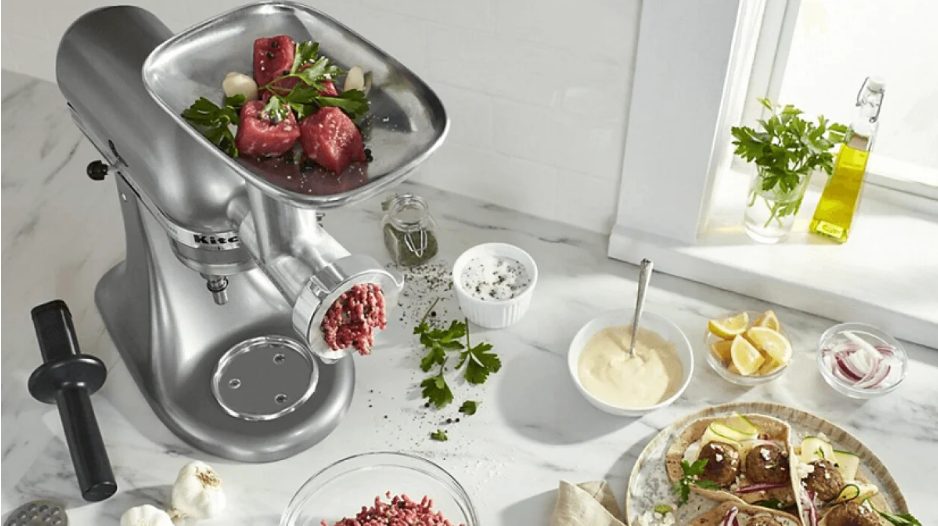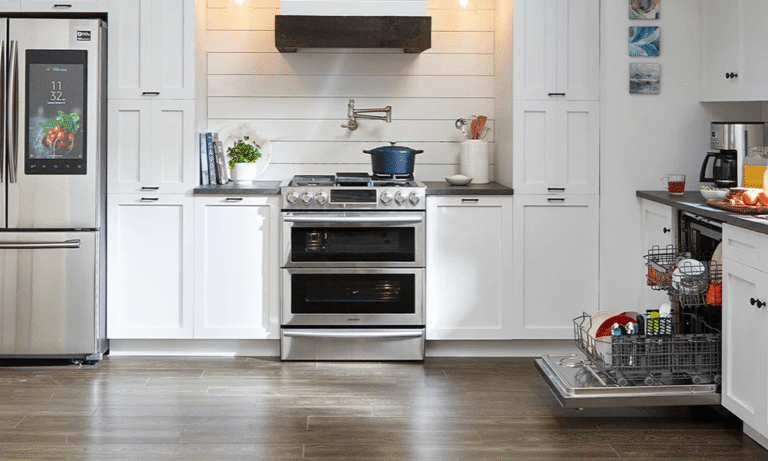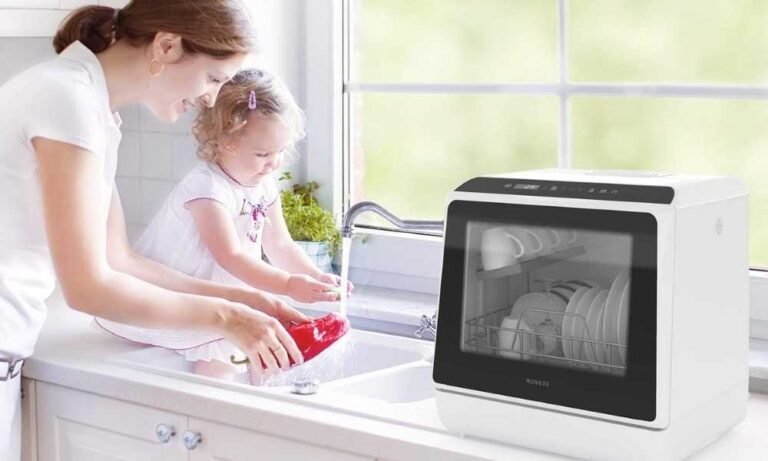Estimated reading time: 6 minutes
Choosing the right kitchen appliance can dramatically change how you prepare your meals. Two of the most commonly compared tools in food prep are the meat grinder and the food processor. While they might seem interchangeable at first glance, they’re actually quite different in function, design, and best use cases.
If you’re wondering whether to invest in a meat grinder or a food processor, or if you’re unsure if one can replace the other, this in-depth guide will break everything down for you. We’ll compare their features, performance, pros and cons, and even recommend which appliance works best for specific recipes or cooking needs.
Table of Contents
- What is a Meat Grinder?
- What is a Food Processor?
- Key Differences Between a Meat Grinder and Food Processor
- Performance Comparison: Grinding Meat
- What Can You Make with Each Appliance?
- Which One is Easier to Clean and Maintain?
- Cost Comparison: Which is More Budget-Friendly?
- Use Cases: When to Use a Meat Grinder vs Food Processor
- Can a Food Processor Replace a Meat Grinder?
- FAQs
- Conclusion: Which Should You Choose?
What is a Meat Grinder?
A meat grinder is a kitchen appliance designed specifically for grinding raw or cooked meat into different textures — coarse, medium, or fine. Meat grinders come in manual (hand-cranked) and electric versions. They’re often used by home cooks who want more control over their ground meat’s quality, fat content, and flavor.
Common Features:
- Feeding tube and hopper
- Auger (screw conveyor)
- Cutting blade
- Grinding plates (varying hole sizes)
- Sausage-making attachments (in some models)
Types:
- Manual meat grinder: Affordable, portable, and good for small batches.
- Electric meat grinder: More powerful, suitable for frequent and high-volume grinding.
What is a Food Processor?
A food processor is a multi-purpose appliance used for chopping, shredding, slicing, pureeing, and mixing. While some food processors can also handle soft meat, they’re not optimized for grinding meat in the same way as meat grinders.
Common Attachments and Functions:
- Slicing discs
- Shredding/grating discs
- Chopping blade (S-blade)
- Dough blade
- Mixing bowl and lid
Key Strength:
Versatility — ideal for prepping vegetables, making sauces, shredding cheese, mixing dough, and more.
Key Differences Between a Meat Grinder and Food Processor
| Feature | Meat Grinder | Food Processor |
|---|---|---|
| Primary Use | Grinding raw or cooked meat | Multi-purpose food prep |
| Texture Output | Fine, consistent grind | Coarse, uneven when used for meat |
| Blades/Attachments | Grinding plates, sausage tubes | S-blade, slicing, shredding discs |
| Power & Motor | More torque for heavy meat | Balanced for various light-medium tasks |
| Versatility | Limited to meat and a few extras | Highly versatile |
| Ease of Use | Requires some effort (manual) | Easy to operate, multiple functions |
Performance Comparison: Grinding Meat
Meat Grinder Performance:
- Designed specifically for meat — ideal for grinding beef, chicken, pork, venison, etc.
- Retains meat structure, which is important for burgers, meatballs, and sausage making.
- Prevents over-processing or mushy texture.
Food Processor Performance:
- Can handle small amounts of soft meats, but not ideal for dense cuts or sinewy meat.
- Often leads to inconsistent texture — some parts over-ground, others under-processed.
- Better for mincing than actual grinding.
What Can You Make with Each Appliance?
With a Meat Grinder:
- Ground beef, pork, chicken
- Homemade sausage
- Pet food
- Meatloaf and meatballs
- Kibbeh, kofta
- Grinding bones (in heavy-duty models)
- Burger patties with custom fat ratios
With a Food Processor:
- Chopped vegetables and herbs
- Salsa, pesto, hummus
- Shredded cheese or cabbage
- Pie dough, cookie dough
- Peanut butter or nut butter
- Mashed potatoes or cauliflower puree
- Occasionally: minced chicken or fish
Which One is Easier to Clean and Maintain?
Meat Grinder:
- More parts to disassemble (hopper, auger, blade, plate)
- Can be time-consuming to clean
- Some parts may not be dishwasher-safe
- Needs to be fully dry to prevent rust (for metal parts)
Food Processor:
- Fewer parts involved for meat processing
- Bowl, lid, and blades often dishwasher-safe
- Easier to clean after non-meat tasks (veggies, dough, etc.)
Cost Comparison: Which is More Budget-Friendly?
| Appliance | Average Price Range |
|---|---|
| Manual Meat Grinder | $25 – $70 |
| Electric Meat Grinder | $75 – $300+ |
| Food Processor | $40 – $250+ |
- If your primary goal is meat grinding, a manual meat grinder can be a cost-effective investment.
- For all-purpose kitchen needs, a mid-range food processor may offer better value.
Use Cases: When to Use a Meat Grinder vs Food Processor
| Cooking Task | Best Appliance |
|---|---|
| Grinding beef for burgers | Meat Grinder |
| Making pesto or hummus | Food Processor |
| Preparing homemade sausages | Meat Grinder |
| Shredding cheese | Food Processor |
| Grinding chicken breast | Food Processor (small batches) |
| Processing pet food with bones | Heavy-duty Meat Grinder |
Can a Food Processor Replace a Meat Grinder?
Short answer: Not effectively.
While you can use a food processor to roughly chop meat, it won’t replicate the fine, even texture that a meat grinder produces. Over-processing can also damage the texture and taste of meat.
If you’re grinding meat more than once or twice a month — or want to control the fat content and meat cuts — a dedicated meat grinder is irreplaceable.
FAQs
1. Can I grind meat in a blender?
Blenders are not designed for grinding meat. They may clog or overheat. Use a meat grinder or food processor instead.
2. Is it safe to grind meat at home?
Yes, but always clean your equipment thoroughly and use cold meat to prevent bacteria growth and ensure consistent grinding.
3. What meat cuts are best for grinding?
For burgers or sausages: Chuck, brisket, or sirloin mixed with some fat (20–30%).
4. Can I use a meat grinder for vegetables?
Yes, many grinders can handle onions, garlic, carrots, or even nuts, but it’s not as efficient as a food processor.
5. Are there meat grinder attachments for stand mixers?
Yes. Brands like KitchenAid offer meat grinder attachments for their mixers — a good hybrid option.
Conclusion: Which Should You Choose?
Both appliances offer distinct advantages. Your final choice depends on how you cook:
Choose a Meat Grinder if:
- You frequently prepare fresh ground meat.
- You want to make custom sausage blends.
- Texture and flavor matter to you.
- You cook in bulk or process pet food.
Choose a Food Processor if:
- You need a versatile kitchen tool.
- You prep vegetables, sauces, and dough regularly.
- You only occasionally process small amounts of meat.
Pro Tip:
Serious home cooks often end up owning both — a meat grinder for dedicated meat prep and a food processor for daily cooking needs.



